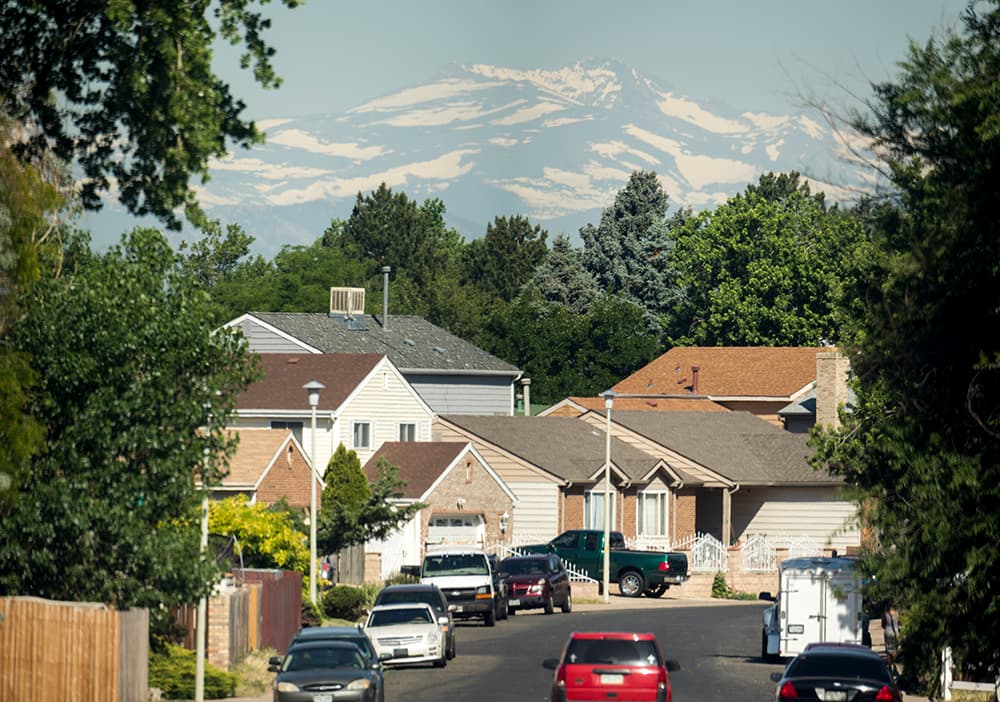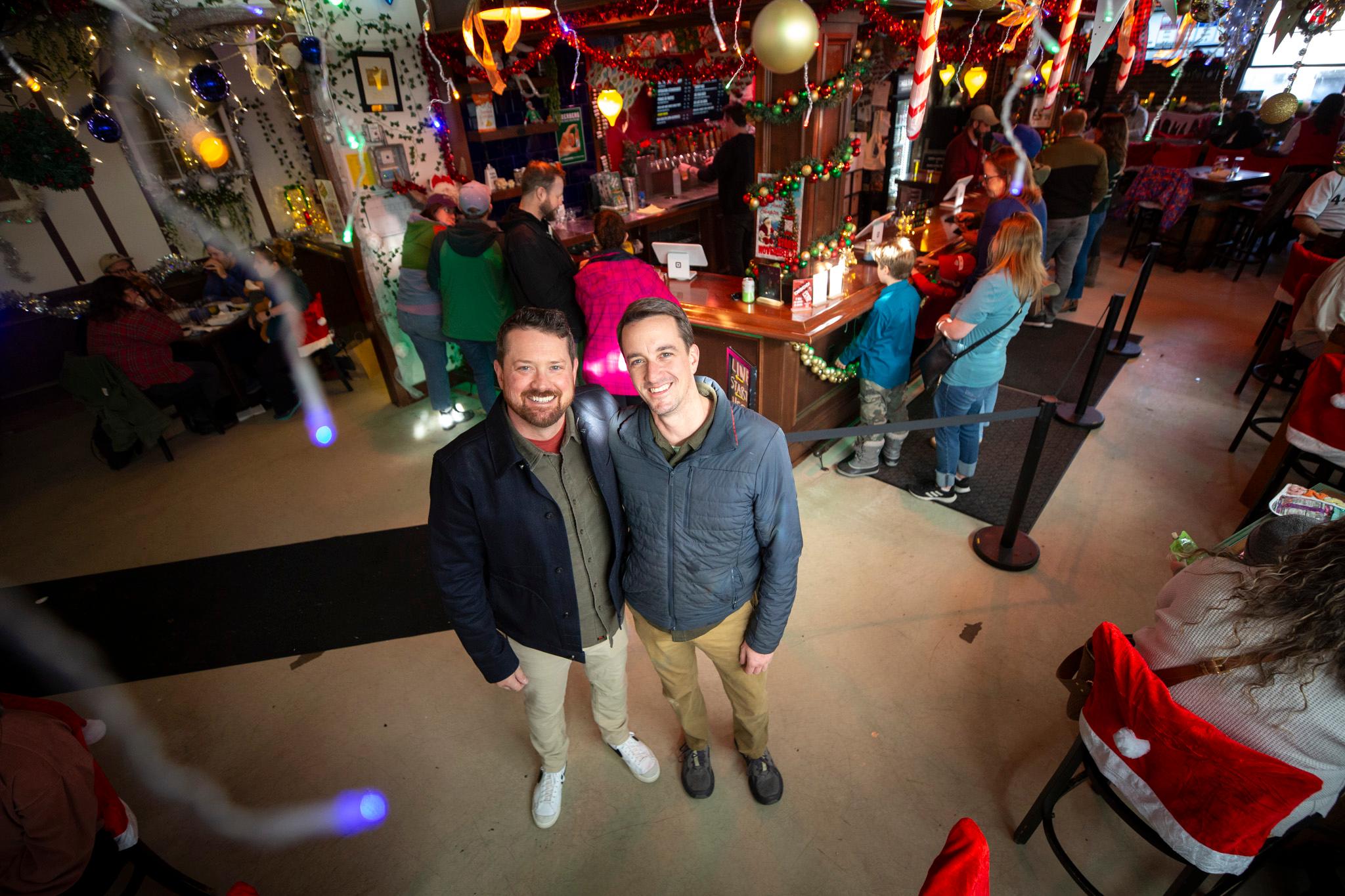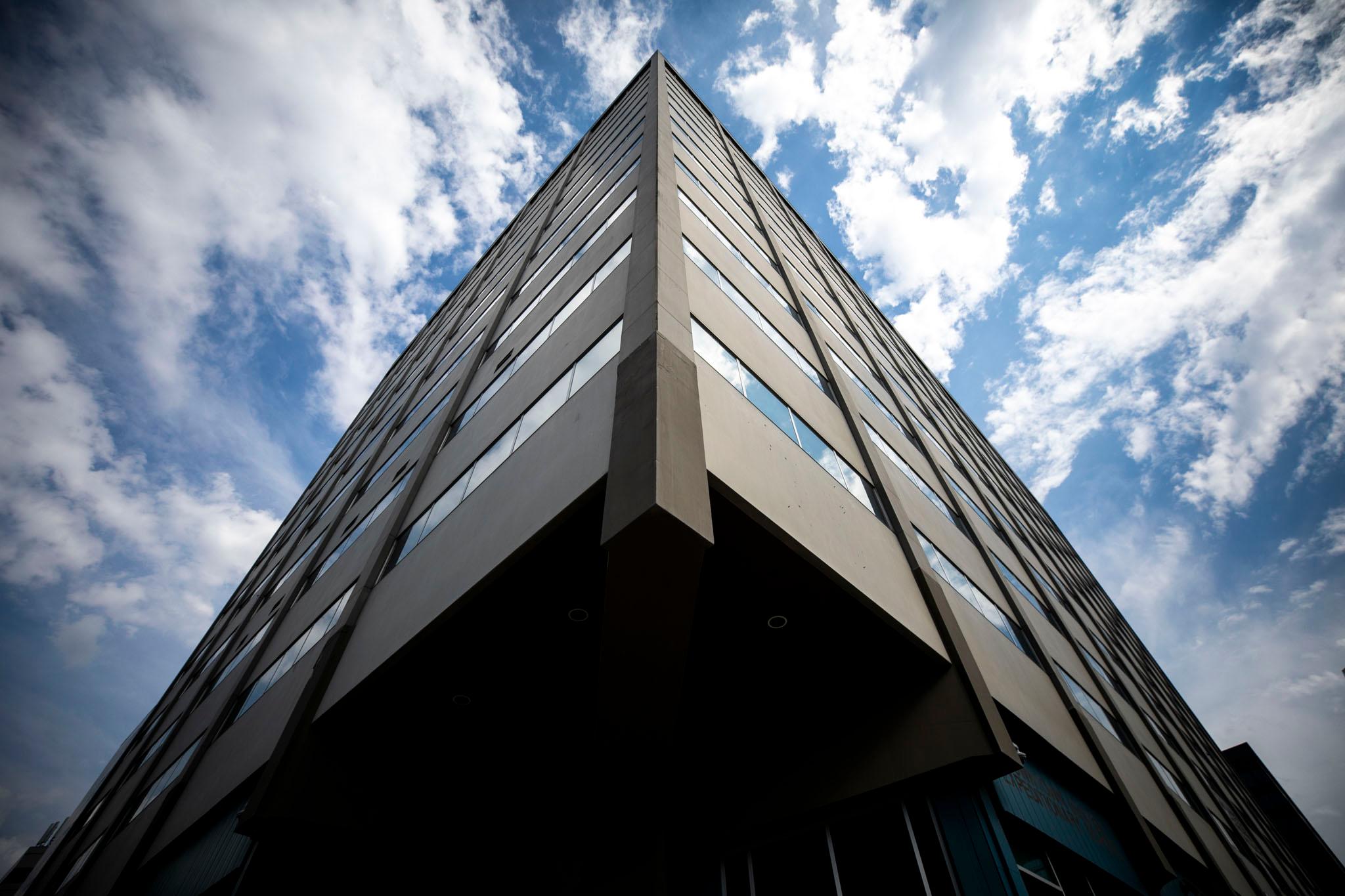A community conversation in far northeast Denver started as an effort to ask residents what they want in their schools. It has boiled over into a heated debate about whether to resurrect the region’s shuttered traditional high school.
The aim of a series of community meetings run by Denver Public Schools over the past year was to come to consensus on education priorities, a district spokeswoman said. Those priorities, she said, would “inform future district policy-making.”
But when word got out that some residents were asking for the return of a traditional high school, the backlash was fierce. Principals, teachers, parents, and students from some of the small schools that have grown in the absence of a big high school lined up at a recent school board meeting to give passionate testimony about what they consider a flawed process and a dangerous recommendation that could threaten their schools’ existence.
Participants in the Far Northeast Commission, as the community meetings were known, were set to discuss a draft of their priorities in March. But that meeting has since been rescheduled and recast as a way to bridge the divide among the people who live and work in the area.
“This is the illusion of community engagement,” said Stacy Parrish, the principal of High Tech Early College, one of three small high schools that replaced the shuttered Montbello High School. “How can these be named as priorities? Whose voices were invited to the table? The work of the Far Northeast Education Commission has been disingenuous.”
Some of the community members who participated in the commission don’t disagree – but for a different reason. What’s disingenuous, they said, is that although the district solicited their feedback, they have no faith Denver Public Schools officials will take it seriously.
“They appease the community by having these forums and public meetings, and yet the policy is already set in place,” said Narcy Jackson, a Montbello resident who runs a mentoring program for student athletes. “I don’t think anything is going to change.”
District officials are billing the rescheduled meeting, now set to take place April 14, as a “phase two” of commission work. But they said they’re still figuring out exactly how it will work.
“We do have to acknowledge that work was done over the last year: People came and people have a voice,” said school board member Jennifer Bacon, who represents the region. “We can acknowledge we could have done it differently or more robustly for engagement, (but) in no way should we de-legitimize the voices of the people who did come.”
Community concerns
There has long been controversy over how best to serve students in the far northeast, a newer but more remote part of the city full of affordable, suburban-style houses. Most students in the region are black or Hispanic and come from low-income families.
In 2010, the Denver school board approved a massive turnaround plan involving six schools in the far northeast. The plan called for Montbello High – where fewer than 60 percent of students were graduating, and almost all who went on to college needed to take remedial classes – to be phased out and replaced with three smaller schools.
On the night of the vote, students, parents, and teachers pleaded with the school board to give Montbello High another chance. The board also heard from supporters of the plan, who wore graduation caps and T-shirts that said: “We Demand Great Schools in Far Northeast Denver.” In the end, a majority of the seven board members sided with Superintendent Tom Boasberg and a community committee that recommended the sweeping changes.
Today, there are 11 high schools in far northeast Denver. They include the three schools that replaced Montbello, five other district-run schools, and three charter schools, which are publicly funded but independently run. Most have fewer than 500 students.
Several share campuses in an arrangement known as co-location, and four schools serve grades six through twelve, mixing middle and high school students in the same building.
The Far Northeast Commission started as a series of meetings held at coffee shops and schools in the region. Erin Brown, who leads the city’s Office of Children’s Affairs and lives in the far northeast neighborhood of Green Valley Ranch, said she and other city leaders were pushing the district to “engage in an authentic community process” to figure out what parents wanted for their kids. Denver schools are governed by an elected school board, not the mayor, but Mayor Michael Hancock made education a big part of his first election campaign.
When the district decided to form the commission, Brown signed on as one of three co-chairs. The first several meetings in the summer and fall of 2017 drew about 30 people each, according to meeting sign-in sheets.
But Brown said it was difficult for the commission to gain momentum because the people who showed up from one meeting to the next were rarely the same. So she said the co-chairs decided they’d get further if they held meetings on specific topics that had emerged as areas of community concern: academics, student wellness, co-location, and athletics.
The topic of athletics hit a nerve in Montbello, a neighborhood with a proud history of excelling at high school sports, especially football. More than 60 people showed up to a November meeting on the subject.
They included Brandon Pryor, a football coach for the Far Northeast Warriors, a team created after the closure of Montbello High that draws players from several high schools in the region. His wife Samantha, an attorney who graduated from Montbello, also attended.
The Pryors have young children and said they recently began paying closer attention to Denver Public Schools policy after hearing that the ratings they relied on to choose schools for their kids overstated students’ reading abilities, an issue the district has taken steps to remedy.
They were also bothered by the crowded classrooms at their children’s schools, the stories they’d heard about teachers starting GoFundMe campaigns to buy books, and the number of student athletes they’d seen leaving the far northeast to attend traditional high schools that offered more electives and a better shot at earning a college athletic scholarship.
They also don’t like the idea of sending middle school students as young as 11 to school in the same building as 18-year-old high school seniors. They said that from what they’ve seen, efforts to keep the age groups separated result in strict rules about who can use certain parts of the building and when – an arrangement they likened to “a prison pod structure.”
“Black and brown communities have been ignored as a whole and targeted for these Frankenstein experiments, like co-location,” Brandon Pryor said.
Samantha Pryor came up with a way to visualize that feeling: Before giving public comment at a recent school board meeting, she printed up T-shirts that said, “20%,” a reference to the district’s goal that 80 percent of all students will attend high-quality schools by 2020.
“We really believe we are the 20 percent,” she said in an interview.
Notes from commission meetings in November, December, and January obtained in an open records request show many participants shared the Pryors’ concerns. In January, the commission generated lists of draft priorities to be discussed at the now-canceled March meeting.
The priorities included recruiting more teachers of color, increasing funding for school counselors and social workers, and installing lights on the Montbello playing fields.
Also on the list: Have a comprehensive high school option in the far northeast.
‘Everything we do is threatened’
In asking for a traditional high school, community members said they never called for specific smaller schools to be closed. Brown also denies that was part of the conversation.
But that idea began circulating sometime before the school board’s monthly meeting on March 15. The public comment portion of the meeting was stacked with principals, teachers, students, and parents from three of the small district-run high schools in the far northeast touting their accomplishments and criticizing the commission. It was clear they were on the defensive.
“Everything we do is threatened by the idea of opening a new high school in the far northeast,” said Kimberly Grayson, principal of Dr. Martin Luther King Jr. Early College, which serves about 1,000 students in grades six through twelve and also offers free college courses.
“We are a family,” said senior Jamar Holmes Moore, “and breaking up a family never ends well.”
Parrish, the principal of High Tech Early College, spoke about the “atrocities” of the Far Northeast Commission and asked that board members view its identified priorities as “a case study of the lived experience of a small group of stakeholders.”
Rhonda Juett, principal at Noel Community Arts Middle School in Montbello, said the divisiveness got so bad that without the support of her fellow principals, “this last week and a half would have been my last because I would have tendered my resignation.”
Grayson, Parrish, and Juett declined to be interviewed for this story.
Boasberg tried to reassure them. He cited statistics to show the turnarounds in the far northeast are working: Graduation rates are up, he said, and college remediation rates are down.
However, he also said the commission’s discussions highlighted “a real desire to build stronger bridges across the community, to build stronger opportunities for students to come together across schools, whether that’s in athletics, whether that’s in the arts, or other opportunities.”
Several high school athletes gave public comment as well, including one who said he lost scholarships to play football at several Division I colleges because he didn’t meet the academic credit requirements. His small high school, he said, didn’t offer enough courses.
Others spoke about how their schools don’t have access to a library or computer lab, and how different bell schedules make it hard for players to get to practice at the same time.
Opening a traditional high school would remedy those issues, said Khaaliq Stevenson, a student athlete at Collegiate Prep Academy, one of the three schools that replaced Montbello High. But, he added, “we are not trying to bash the other options that are already here.”
School board member Bacon, who campaigned on a promise to improve the district’s community engagement, told meeting attendees that nothing is set in stone.
“We have not made a decision or a resolution to reinstate Montbello High School,” she said. “Any such proposal will be made through a community process after deeply engaging in conversation with principals, families, teachers, parents, students, and analytical and strategic leaders. The conversation, however, has become one that people have demanded we have.”
The question now is whether community members who feel burned by the district all over again will want to continue having the conversation. Bacon hopes they will.
In fact, she said she sees a silver lining in the turmoil. While the flawed process did nothing to repair the community’s trust in the district, Bacon said she hopes the “bubbling up of frustration” will push community members to come together to hash out their differences, find their commonalities, and repair the rifts between them.
“The one thing I’ve taken away from this is we can’t avoid these hard questions of, ‘Where are we in the far northeast with our education?’” she said. “This is not the best we can be.”
Chalkbeat is a nonprofit news site covering educational change in public schools.












